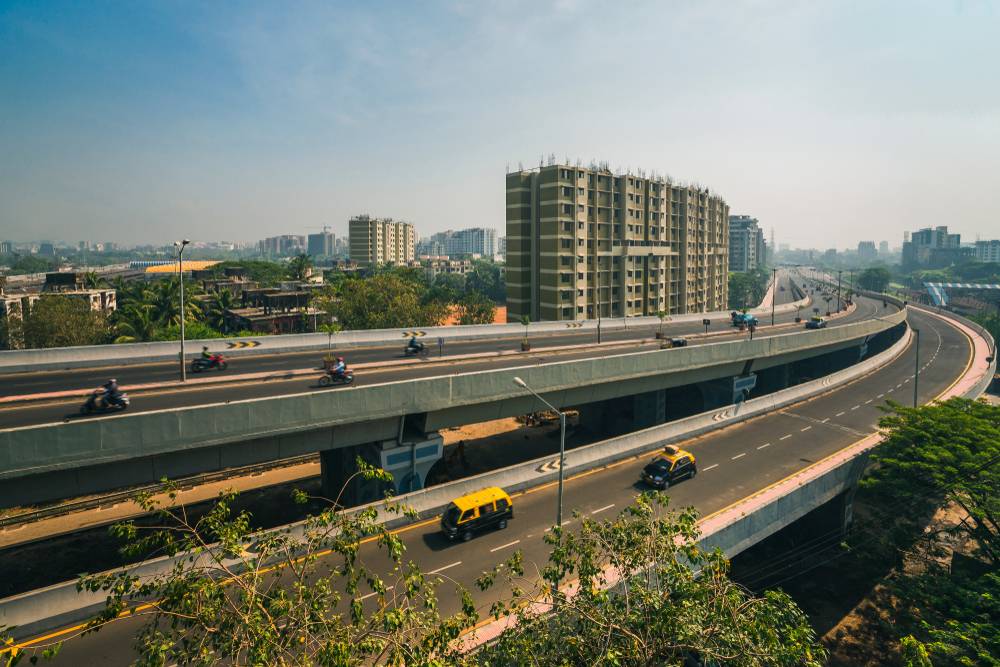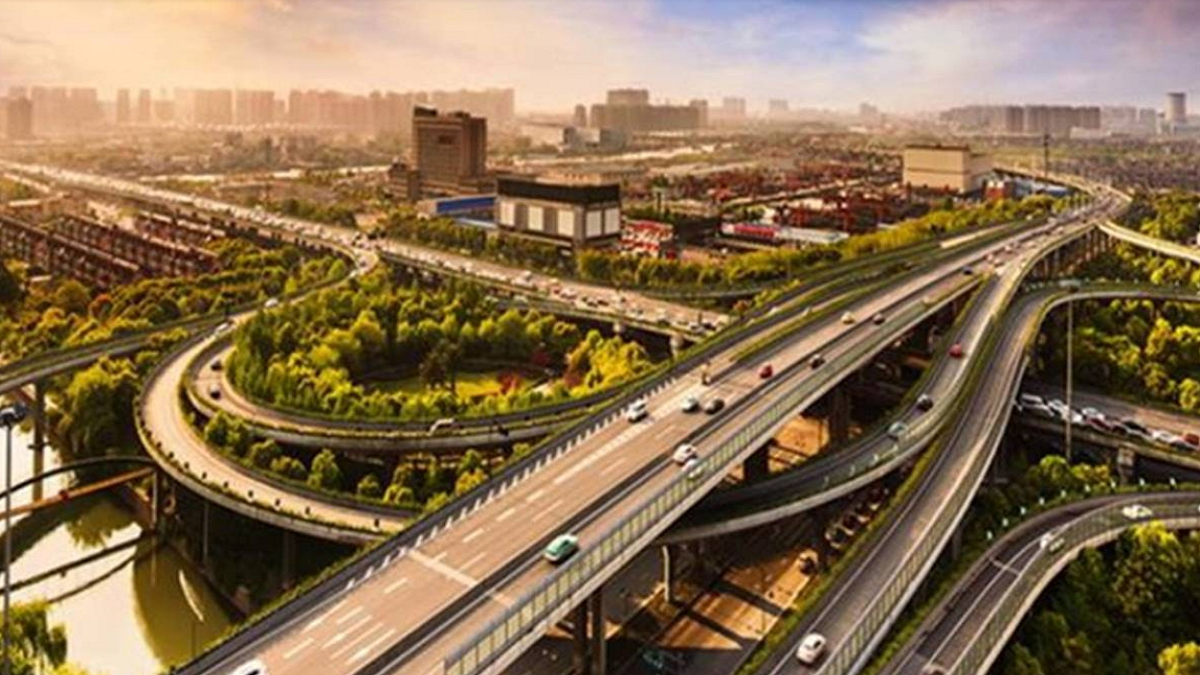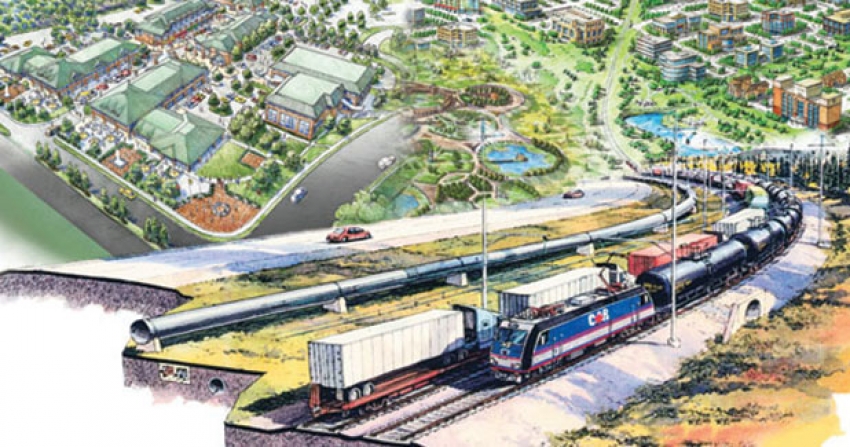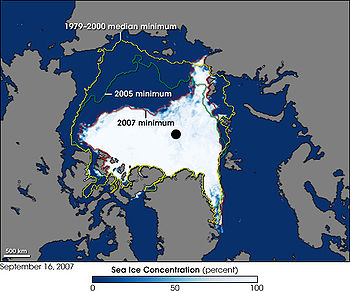Rethinking Trade: A Blueprint for a Just and Thriving Global Economy
The $500 Billion Pivot: How the India-US Alliance Can Reshape Global Trade
Kash Patel On The Fentanyl Crisis
Kash Patel's Agroterrorism Accusations Against The CCP
Why India Must Be the New Britain—But on Equal Terms
In the 20th century, Britain was America’s closest ally—a political, military, and economic partner bound by shared values and strategic interests. As we move deeper into the 21st century, the global power axis is shifting. And now, India is poised to take on the mantle of America’s most consequential ally. But this partnership must be forged not out of nostalgia or geopolitical convenience, but with a clear-eyed understanding of economics, equity, and long-term opportunity.
A Partnership of Equals, Not Echoes
The US-India relationship cannot mirror the transatlantic alliance of the past. Britain, at the time of its special relationship with the U.S., was a wealthy post-imperial power with a comparable per capita income and advanced infrastructure. India, while on a trajectory of unprecedented growth, still grapples with vast income disparity. Its per capita income remains far below that of the U.S., and acknowledging this is not an act of inferiority—it’s a call to action.
This new alliance must operate on the principle of mutual upliftment. India brings youth, scale, talent, and geopolitical weight. The U.S. brings capital, technology, and institutional strength. Together, they can build the most powerful democratic partnership of the 21st century—but only if it's not patronizing, extractive, or one-sided.
The Case for Strategic FDI
One of the most effective ways to bridge the per capita income gap is through focused, strategic foreign direct investment (FDI). The U.S. and its allies must see India not just as a market, but as a manufacturing powerhouse in the making—a future factory of the free world.
Industrial corridors such as the Delhi-Mumbai Industrial Corridor (DMIC) are already designed with this ambition. With advanced logistics, modern urban centers, and connectivity built for scale, these corridors are ideal sites for American and global capital to flow into. But they need a deliberate push—an FDI Marshall Plan for India, if you will.
This is not charity. It’s smart strategy. Diversifying supply chains out of China is a geopolitical imperative. India, with its democratic institutions, rule of law, and massive labor pool, is the only viable alternative at scale. American capital has a chance to get in early, build strong roots, and co-develop the next wave of global production.
Investing in Infrastructure, Skilling, and Innovation
To make this work, investment must go beyond factories. It must target digital infrastructure, skilling programs, AI and semiconductor research, and clean energy ecosystems. India’s tech-savvy youth are a latent superpower waiting to be activated. A dollar invested today in India’s human capital will yield strategic and economic dividends for decades.
A New Strategic Blueprint
This is more than just business—it’s about building a new world order rooted in shared democratic values and mutual economic gain. A stronger India makes for a stronger Indo-Pacific. A wealthier Indian middle class becomes a global consumer base. An India that builds alongside the U.S., not below it, is a stabilizing force in an increasingly fragmented world.
If India is to be the new Britain, it must be with full sovereignty of vision and dignity of partnership. For America, this is not just about containing rivals—it’s about choosing the right friends, and backing them with purpose.
Now is the moment to go big. The future of the global economy might just be written in the industrial corridors between Delhi and Mumbai.
1/
— Paramendra Kumar Bhagat (@paramendra) June 7, 2025
If India is to be the new Britain—the #1 ally of the U.S.—it must be a partnership of equals. 🇮🇳🇺🇸
Not echoes of empire, but a new blueprint for shared prosperity and global stability. A thread 🧵@PMOIndia @WhiteHouse @VP @narendramodi @AmitShah @SrBachchan
. @FBIDirectorKash Why India Must Be the New Britain—But on Equal Terms https://t.co/cfQyLGb4Kg @FBI @FBIWFO @NewYorkFBI @PMOIndia @VivekGRamaswamy @JeniferRajkumar
— Paramendra Kumar Bhagat (@paramendra) June 7, 2025
























